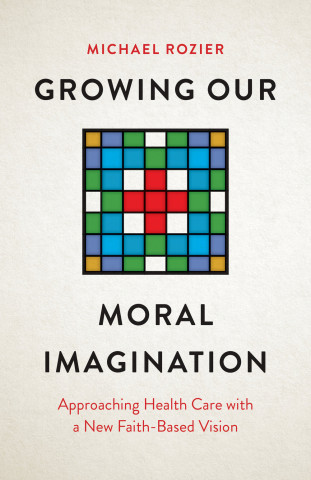
Reviews
An important book that will help train students, community leaders, and others willing to forge authentic partnerships through engagement to impact health disparities and health inequalities.
This effective book clearly appeals to instructors, students, and researchers, but it is written in a way that any layperson could understand.
This book is itself revolutionary in documenting and sharing one pioneering medical school's dramatic contributions to changing the way physicians, public health professionals, community members and policymakers understand what primary care and community engagement for health equity and social justice really look like—and how transformative they can be. Drawing on myriad theory-based case studies and interventions from the local through global levels, Braithwaite and his colleagues powerfully illustrate how partnering with often disenfranchised urban and rural communities can assist residents in gaining control over their lives, while dramatically improving the processes and outcomes of social justice-focused health equity research. During these perilous times, the widely respected 'Morehouse Model,' and this book sharing its story and its lessons for us all, are gifts of singular importance to 'getting it right' as we move into the uncharted territory ahead.
The Morehouse Model describes a unique co-partnership between the community and the Morehouse School of Medicine in their joint quest for improving health. It is a testament to the importance of community engagement as a first principle in achieving health equity. It is a must-read for anyone working to effectively engage communities in medical education.
The Morehouse School of Medicine model highlights proven methods for incorporating health equity and community engagement in training the next generation of physicians. We are pleased that they are a leading partner with the AMA in our Accelerating Change in Medical Education Consortium. Morehouse School of Medicine demonstrates that others can replicate this model in health professions education.
Book Details
Dedication
Foreword, by Valerie Montgomery Rice, MD
Preface
Acknowledgments
Chapter 1. Introduction to the Morehouse School of Medicine Model
Chapter 2. Social Accountability, Medical Education, and
Dedication
Foreword, by Valerie Montgomery Rice, MD
Preface
Acknowledgments
Chapter 1. Introduction to the Morehouse School of Medicine Model
Chapter 2. Social Accountability, Medical Education, and Public Health
Chapter 3. Community-Based Participatory Research
Chapter 4. Evolution of the Morehouse Model for Community Engagement
Chapter 5. Engaging Micropolitan and Rural Communities in Health Promotion and Disease Prevention
Chapter 6. Educational and Leadership Development—for Communities, by Communities: The Strategic Engagement of Community Health Workers
Chapter 7. The Medical School of Tomorrow
Afterword
Appendixes
Index






